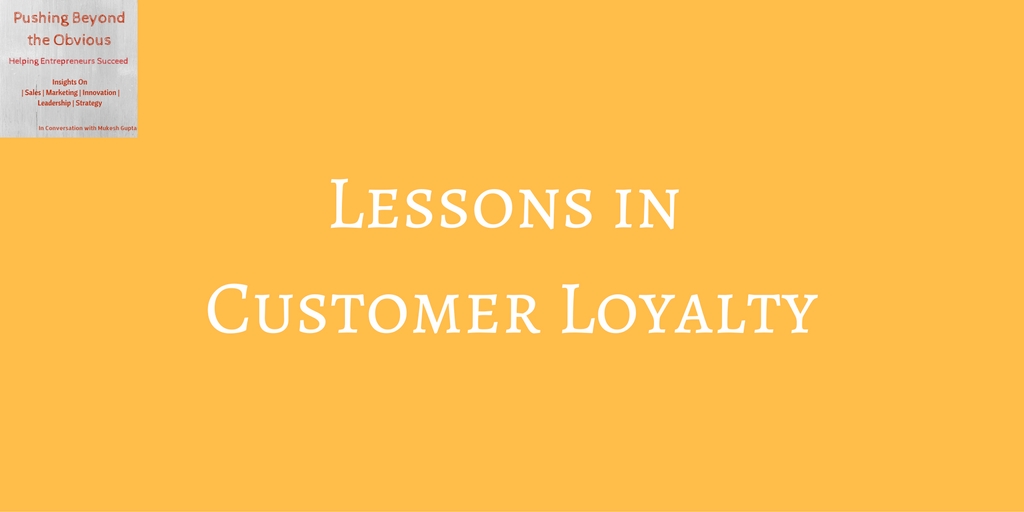The Offer:
I got a message from Raymond indicating that they missed me as I had not shopped with them for some time and that they would love to have me back to their shop. And that they would like to give me a gift of INR 500.
It clearly says that the discount code is not valid for a certain items and end the message with T&C, with no further information.
I did feel good about this and decided to take them up on their offer. I visited their showroom and was in for a surprise. The first thing I was informed was that I can redeem the code only on a purchase of INR 3500 or more.
I did expect something of that sort but was still disappointed by this step taken by Raymond. The minimum ticket size of anything that I could pick up from the store was about INR 1500 and i was hoping that the brand would have allowed the discount to be applicable on that ticket size.
However, that was not be the case and that did not leave a positive impression on me or a few other customers who walked in using the same offer.
I did exit without actually doing any purchase.
My brand loyalty with Raymond did take a hit as a result of this transaction. The next time they send me a message like this one, the message most probably would hit the trash as I’ve lost trust.
Now lets look at another example of a similar exercise done by Amazon.
I also got an email from Amazon with a gift voucher for INR 50. It was simple, small and a sweet gift that was sent to me (and am sure to a countless other customers) just before their big festive sale is about to begin. This small little token from Amazon, while not very much in terms of monetary amount, but came with no strings attached. I could spend that amount on anything that i wanted (within a month of course).
I am sure that i will end up buying something from Amazon (whether or not I originally planned to) and more importantly my loyalty with Amazon has been strengthened as a result of this transaction.
Now lets try to decode what could marketers learn about customer loyalty from these two examples:
What could Raymond have done differently:
They used this as a tactic to lure me into their shop. It was all about the brand from thereon.
Don’t Trick Your customers. Its not good for business.
Ideally, they could have used the principle of reciprocity and not have the minimum purchase term at all. This would have created a more positive affinity towards the brand.
They could have mentioned that the discount is valid only on purchase of INR 3500 only in the text message that they sent out. They did mention that the coupon cant be used on certain things, they could also have said about the minimum purchase condition.
Alternately, they could have given a smaller amount as a discount and not have any strings attached on the minimum billing, similar to what Amazon did in the second example.
Be Creative & Use Psychology of Influence/Persuasion
The brand could have been a bit more creative and ask us to share the message on social media about the offer from the Raymond Shop once we bought something from there.
They could have also paired it with a voucher code that the customers could send to a few of their friends to use. This could have the potential of increasing the brand affinity of the people who buy from Raymond as they have publicly stated that they like Raymond and have invited their friends to try out as well.
In addition, this could also have helped in building a pipeline of prospective customers for the business who may or may not have been a Raymond customer.
Think from the Customers Perspective
It is important to put yourself in your customers shoe and think about your offer from their perspective. This is what allows you to think through the entire interaction with the brand and not just one off transaction. Had someone thought through the entire journey, there could have been multiple touch points where they could potentially have found ways to not only improve the brand affinity but increase their purchase and potentially create new customers as well.
Conclusion
So, if you are a marketer, where is your offer failing you?





